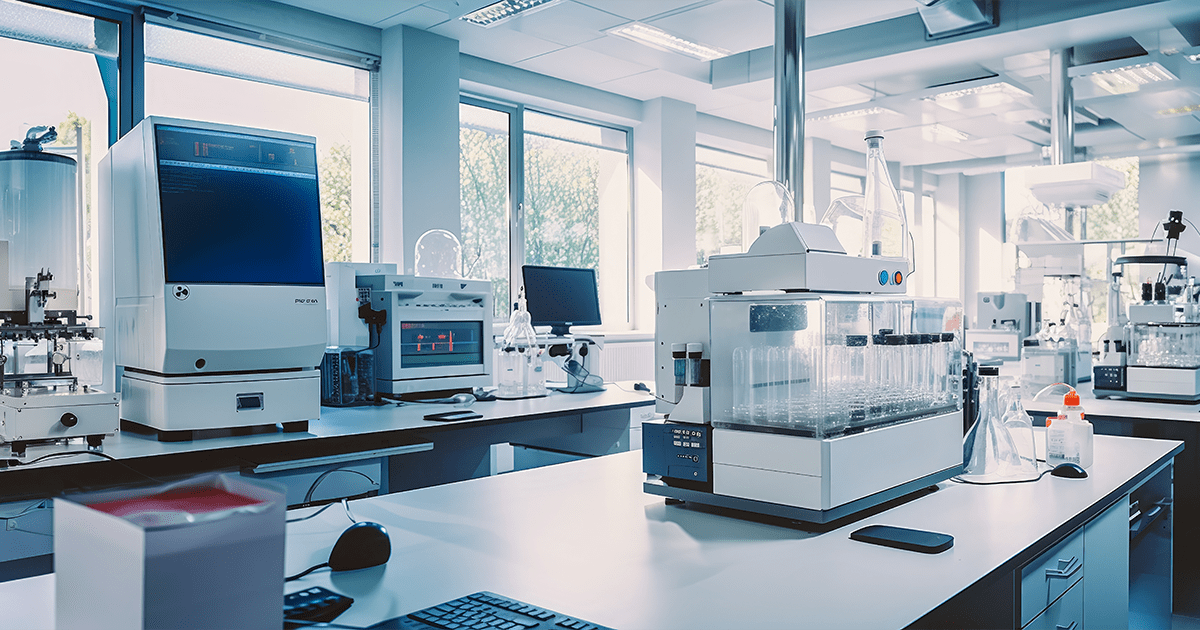
Laboratories are the backbone of scientific progress, handling vast amounts of data and complex workflows while relying on sophisticated instruments to deliver results. But what if your lab’s instruments could seamlessly communicate with a system that organizes, analyzes, and enhances their output? That’s where LabLynx LIMS shines—bridging the gap between technology and efficiency, enabling labs to reach new heights of productivity and precision.
In this article, we’ll explore the capabilities of LabLynx LIMS, its integration features, and the transformative benefits it offers for labs of all sizes and industries.
The Importance of Instrument Integration in Laboratories
Laboratories rely on a variety of instruments for tasks ranging from sample analysis to quality control. However, without seamless integration with a LIMS, these instruments often operate in silos, leading to:
- Manual Data Entry: Increasing the risk of errors and consuming valuable time.
- Workflow Disruptions: Delays caused by disconnected systems.
- Compliance Challenges: Difficulty in maintaining consistent, traceable data records.
Integration bridges this gap, enabling automatic data transfer, real-time updates, and enhanced productivity.
Can LabLynx LIMS Integrate with Any Instrument?
The short answer is yes. The LabLynx LIMS is designed with flexibility and compatibility in mind, making it possible to integrate with nearly any lab instrument, regardless of manufacturer or function.
Key Features of LabLynx LIMS Integration
- Universal Compatibility: LabLynx LIMS uses open standards and customizable APIs, ensuring it can connect to instruments ranging from spectrophotometers to chromatography systems.
- Real-Time Data Capture: Data is automatically captured and uploaded from instruments to the LIMS, eliminating the need for manual input and reducing errors.
- Customizable Protocols: Integration settings can be tailored to fit the specific data output formats of your instruments, ensuring seamless communication.
- Bi-Directional Communication: Beyond receiving data, LabLynx LIMS can send instructions or parameters directly to instruments, streamlining workflows further.
- Compliance Support: Integration ensures all data is traceable, secure, and compliant with regulations like ISO 17025, CLIA, and HIPAA.
Examples of Instrument Integration with LabLynx LIMS
- Analytical Instruments
- Examples: Gas Chromatographs (GC), Mass Spectrometers (MS), and High-Performance Liquid Chromatographs (HPLC).
- Benefit: Automatic transfer of sample results to the LIMS reduces transcription errors and ensures rapid reporting.
- Clinical Diagnostics Instruments
- Examples: Hematology analyzers, ELISA readers, and PCR systems.
- Benefit: Streamlined data handling for high-throughput environments, with direct integration ensuring traceability.
- Environmental Testing Instruments
- Examples: pH meters, turbidity meters, and spectrophotometers.
- Benefit: Real-time monitoring and data logging for compliance with environmental regulations.
- Quality Control Instruments
- Examples: Moisture analyzers, tensile testers, and thermal analysis tools.
- Benefit: Centralized data storage enables quick access to results for audits and quality checks.
How Does Integration Save Time and Money?
Eliminating Manual Data Entry
By automating data capture, LabLynx LIMS saves significant time for lab staff and minimizes human error, reducing rework and discrepancies. Labs report up to a 30% reduction in time spent on manual data handling.
Streamlining Workflows
Integrated instruments operate in harmony with LIMS workflows, enabling faster turnaround times for results and more efficient sample management. Labs achieve a 25% improvement in overall operational efficiency.
Enhancing Compliance
Automated, traceable data ensures adherence to regulatory requirements, reducing the risk of fines or non-compliance. Reduce compliance-related risks by up to 40%.
Maximizing Instrument Utilization
Centralized control and monitoring help labs maximize the use of their existing instruments, delaying costly upgrades or replacements. Save thousands annually by optimizing existing resources.
LabLynx LIMS: A Partner for Your Lab’s Growth
With its unparalleled flexibility, LabLynx LIMS empowers labs to operate at peak efficiency. By integrating seamlessly with any lab instrument, it eliminates data silos, reduces errors, and streamlines workflows—all while maintaining full compliance with regulatory standards.
Whether you’re managing high-throughput clinical diagnostics or precision-focused research labs, LabLynx LIMS is the ideal solution for enabling a smarter, more connected laboratory.
Ready to Take the Next Step?
Discover how LabLynx LIMS can transform your laboratory’s operations. Contact us today to schedule a demo and explore the full potential of seamless instrument integration.




